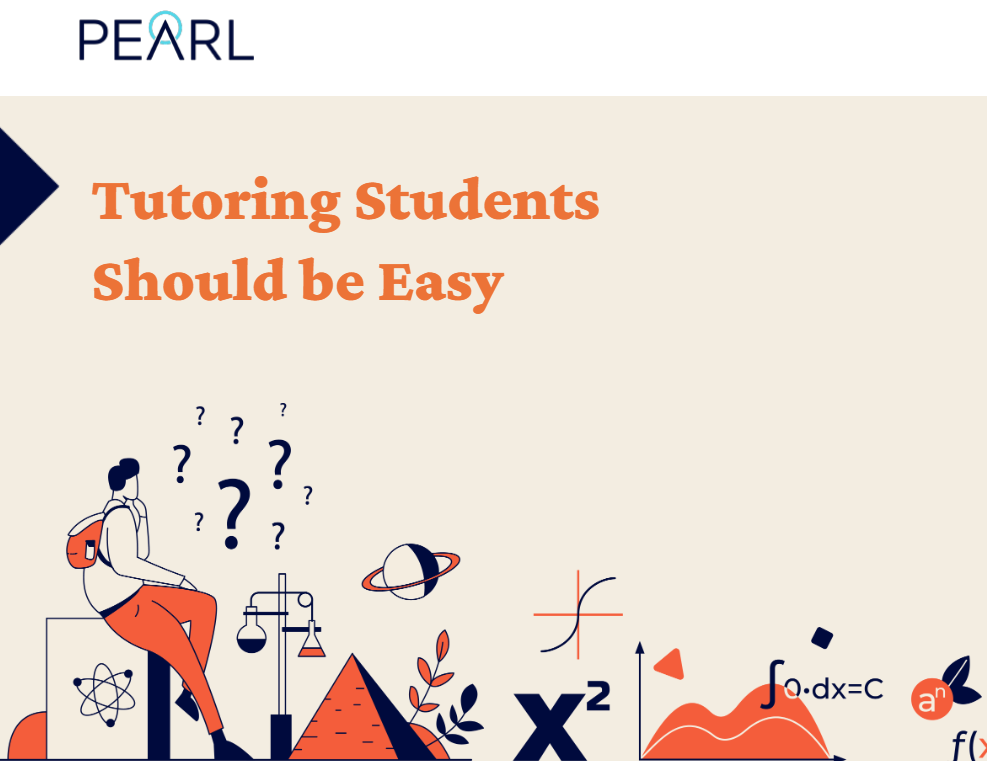In the evolving landscape of education, the debate between blended learning and traditional learning has become increasingly relevant. As technology continues to shape how we teach and learn, understanding the effectiveness of these two approaches is essential for educators, students, and institutions.
This blog explores the characteristics, benefits, challenges, and outcomes associated with blended learning and traditional learning to determine which method may be more effective for today’s learners. Lets have a look at the two learning approaches.
Traditional Learning
Traditional learning typically involves face-to-face instruction in a classroom setting. This method is characterized by:
- Structured Environment: Students attend classes at set times and locations.
- Teacher-Centric Approach: The teacher is the primary source of knowledge. They deliver lectures and guide discussions.
- Limited Flexibility: Students must adhere to a fixed schedule, which can restrict personalized learning experiences.
Blended Learning
Blended learning combines traditional classroom methods with online educational resources. Key features include:
- Flexibility: Students can access online materials at their convenience, allowing them to learn at their own pace.
- Diverse Resources: Incorporation of multimedia tools and interactive platforms enhances engagement and caters to different learning styles.
- Student-Centric Focus: Encourages self-regulation and responsibility among learners, promoting a more active learning environment.
Comparing the effectiveness of the two approaches
Academic Performance
Research indicates that blended learning often results in better academic outcomes compared to traditional methods. A meta-analysis of 30 peer-reviewed studies found that students in blended environments achieved significantly higher academic performance than those in traditional settings, with a medium effect size indicating substantial benefits. For example, Alsalhi et al. (2021) demonstrated that blended learning positively impacted students’ academic success in a statistics course, highlighting its effectiveness in improving learning outcomes.
Engagement and motivation
Blended learning promotes greater student engagement through its interactive nature. The flexibility of this approach encourages active participation, as students can collaborate on projects or discussions outside the constraints of classroom time. Research shows that blended learning environments lead to higher student satisfaction and motivation levels compared to traditional methods. For instance, a study by Clark and Post (2021) indicated that students valued active learning experiences in both face-to-face and online settings.
Personalization
One of the most significant advantages of blended learning is its capacity for personalization. Students can progress through materials at their own pace, allowing them to focus on challenging topics while moving quickly through areas they grasp easily. This individualized approach contrasts sharply with traditional methods, where teachers often struggle to meet the diverse needs of all learners simultaneously.
Challenges Faced by Each Approach
Despite its advantages, blended learning is not without challenges:
- Technology Integration: Some educators may struggle with effectively incorporating technology into their teaching practices or may lack adequate training in utilizing digital tools.
- Access Issues: Ensuring equal access to digital resources remains a critical concern that can affect the effectiveness of blended learning environments.
On the other hand, traditional learning also faces limitations:
- The rigid structure can hinder student engagement and fail to accommodate different learning styles effectively.
- Reliance on direct instruction may not adequately prepare students for self-directed learning experiences they will encounter in higher education or the workforce.
The Role of LMS in Blended Learning
A key component that enhances the effectiveness of blended learning is the use of a Learning Management System (LMS). An LMS serves as a centralized platform where educators can deliver course content, track student progress, facilitate communication, and provide resources all in one place.
By integrating an LMS into the blended learning framework, institutions can streamline their operations and automate administrative tasks such as attendance while offering students easy access to materials and assessments. This not only improves organization but also fosters collaboration among peers through discussion forums and group projects. Moreover, an LMS allows for real-time analytics on student performance, enabling educators to identify areas where learners may need additional support or intervention. In this way, an LMS acts as a vital tool that enhances both teaching efficacy and student engagement within blended environments.
Finding a Balance: The Promise of Blended Learning
As educational institutions navigate these challenges, many are recognizing the potential benefits of blended learning models that integrate the strengths of both approaches. By combining face-to-face interactions with online resources, educators can create versatile learning experiences that cater to diverse student needs. For example, the flipped classroom model allows students to learn new content online at home and apply that knowledge during class activities. This approach maximizes classroom time while encouraging active participation and collaboration among students
Conclusion
In conclusion, while both blended learning and traditional learning have their merits, evidence suggests that blended learning is generally more effective in enhancing academic performance, engagement, and learner attitudes. As technology continues to evolve and reshape the educational landscape, embracing blended learning could provide a more dynamic and effective educational experience for students. Educational institutions should strive to find the right balance between these two approaches, leveraging the strengths of each method to create an inclusive environment that fosters success for all learners. By doing so, they can prepare students not only for academic achievement but also for lifelong learning in an increasingly complex world.
References
- Alsalhi et al. (2021). Evaluating blended learning effectiveness: an empirical study. Frontiers in Psychology. Link
- Meta-analyses of differences in blended and traditional learning outcomes and students’ attitudes. PMC. Link
- Frontiers | Meta-analyses of differences in blended and traditional learning outcomes and students’ attitudes. Link
- Hafeez, M. (2021). A Critical Review on Blended Learning Versus Traditional Lecture Method. International Journal of Management and Human Science. Link
These references provide additional insights into the effectiveness of blended versus traditional learning methods while supporting your exploration of this important topic in education.





